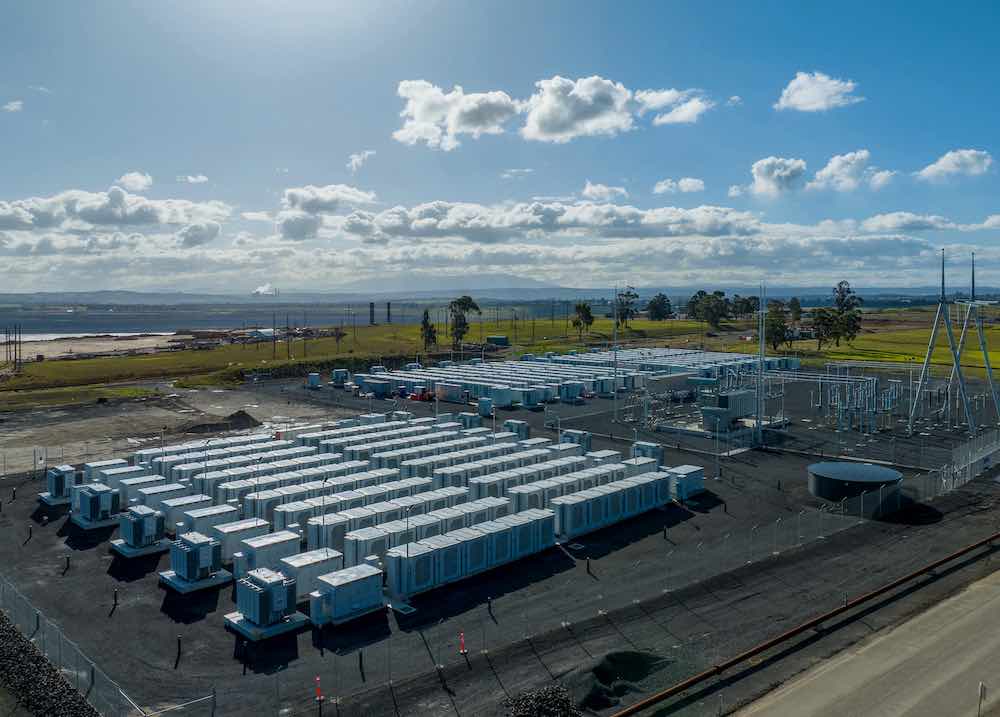The Australian Energy Market Operator says it is preparing for levels of “extreme” demand in the coming El Nino summer, and is warning of the risk to supply should transmission lines and thermal generation fail in the hot temperatures, bushfires or storms.
“This year’s summer forecast is for hot and dry El Niño conditions, increasing the risk of bushfires and extreme heat, which could see electricity demand reach a 1-in-10-year high across the eastern states and in Western Australia,” AEMO head of operations Michael Gatt said in a statement.
“The entire industry has been focusing and continues to focus on managing possible risks for the summer ahead, particularly during high demand periods.”
The market operator is concerned about droughts, storms, cyclones, fire dangers and extreme heat, with the Bureau of Meteorology forecasting unusually dry and unusually hot conditions across much of the country, driven by El Nino.
AEMO is building in contingencies to manage the risks, including seeking an unspecified amount of “short notice” reserve and emergency capacity (RERT), most likely in the form of demand management – asking big energy users such as refineries if they will dial down their loads for a short term at times of peak demand.
It says the risk of load shedding (forced outages) remains in all regions where high demand days combine with low wind and solar availability and or scheduled generation and network outages as indicated.
Its forecasts (see graphs above) predict potential loss of load in all states at various points of the summer but – like the 10-year forecasts in the annual Electricity Statement of Opportunities – this is before any remedial action is taken, and the short term RERT tender is designed to mitigate those risks.
AEMO’s defences have also been bolstered by the addition of 1.5GW of new dispatchable capacity over the last 12 months, mostly in the form of battery storage such as the Hazelwood and Torrens Island batteries built on the sites of former and ageing thermal generators, and the Riverina battery.
Interestingly, the summer readiness report also cites the 100 MW, two hour Capital battery, although Neoen has recently reported that it may not be available until early 2024 due to connection issues.
Other new batteries include the Bouldercombe and Queanbeyan batteries, and the Kwinana battery in W.A. The 320MW Tallawarra B gas station is also expected to be on line.
Gatt also noted an 2,000 MW of generation capacity from new wind and solar projects will be available this summer. “The increase in generation availability and additional reserves being procured will help navigate reliability pressures, should they eventuate,” he said.
The flip side is that 13 units at coal fired power stations will be out of action, mostly for the November and December periods, but some for longer.
The missing units include those at Callide, Tarong and Gladstone in Queensland, Bayswater and Eraring in NSW and Loy Yang and Yallourn in Victoria. AEMO says Mt Piper may face coal supply problems.
Some hydro will be limited by water licences, dam levels, and riverbank capacity, and there may be issues with gas supplies, particularly from Queensland, because of gas production maintenance outages. And multiple transmission lines and state interconnectors are scheduled for maintenance at various points.
Any power outages are sure to become a political and media flashpoint, given the intensity of the debate around the green energy transition, the efforts to discredit renewables, the push for nuclear, and the deep level of misinformation on social media, but also mainstream media.
Federal energy minister Chris Bowen noted the additional 3.4 GW of new capacity, and the increase in connection approvals in the last financial year to 6.8 GW.
“This is a good start after ten years of neglect and chaos by the LNP, where four gigawatts of dispatchable power left the grid but only one came on,” Bowen said.
“Petter Dutton’s policy is to risk energy reliability for Australian households and businesses by stopping all new renewable power with no other plan to keep the lights on.”
The federal government is expected to announce the results of the first of its new tenders under its Capacity Investment Scheme in coming weeks, with news anticipated of the call for 930 MW of short duration capacity (mostly battery storage) in NSW.
This will be for projects to be built in time for the 2025/26 summer when the Eraring coal generator, the country’s biggest at 2.88 GW, is currently scheduled to close, although talks are continuing about a possible delay, or partial delay. Another 600 MW with four hours storage is being sought in Victoria and South Australia.










